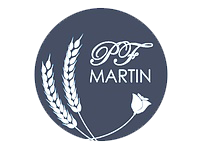Whether you’re looking to transform your life company’s proficiency, increase revenue, or reduce the time it will require to finished projects, workflow optimization is key. By putting into action simple work flow rules, you are able to automate responsibilities, simplify conversation and cooperation, and prevent bottlenecks. But to experience the full features of workflow operations, your workforce needs a application that lets you generate these changes quickly and easily—without the requirement for extensive encoding knowledge.
Work flow rules certainly are a set of automatic decisions that determine the way software acts based on particular criteria. These kinds of rules are triggered by specific events or conditions, and execute actions like redirecting requests to users, sending email notifications, dialling an external program via a great API, or triggering a complete new workflow.
The first step to creating a work flow rule is understanding the criteria that should trigger this. Businesses are able to use a variety of providers and reasonable statements to develop complex rules, making sure they will only affect relevant information and events. For example , a rule can be set to only trigger when an opportunity’s stage field is current to “Closed Won. ” This helps to ensure that critical stakeholders are immediately informed of high-priority possibilities, improving dexterity and reducing the risk of mistakes.
Once the requirements for a workflow rule is certainly defined, businesses can then figure out what action ought to be taken introduced triggered. This could include updating an area value, assigning a user https://managingworkflow.org/ or group, or sending outbound communications. Some guidelines can even be designed to have a time-dependent action, including sending an email alert when a task remains unfinished after a certain number of days.
